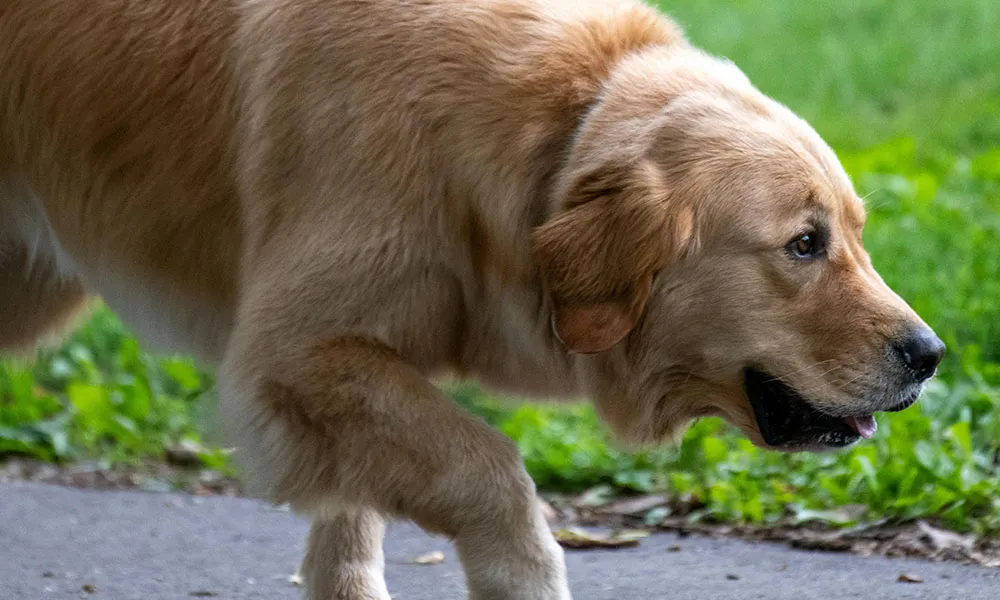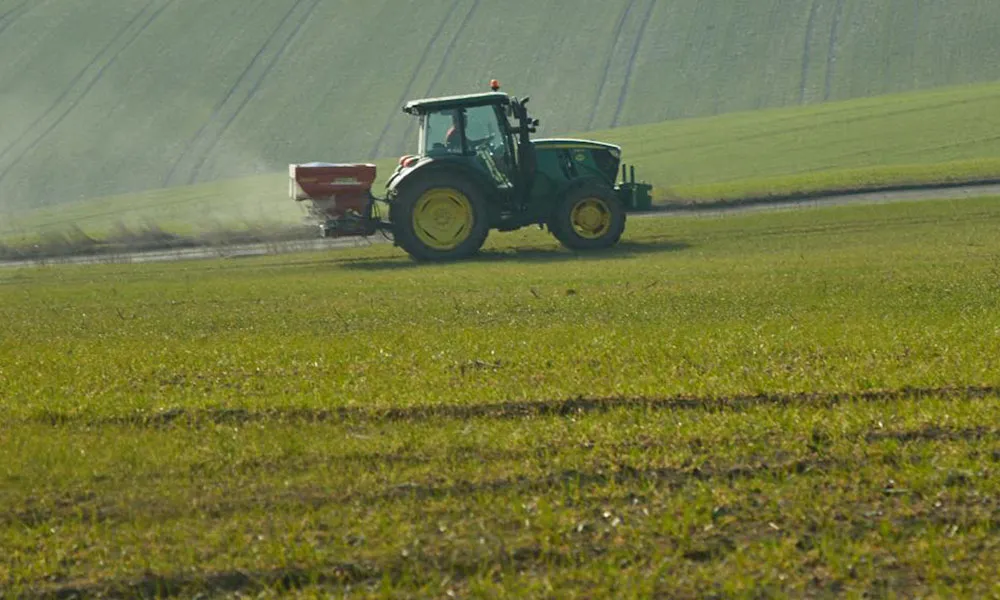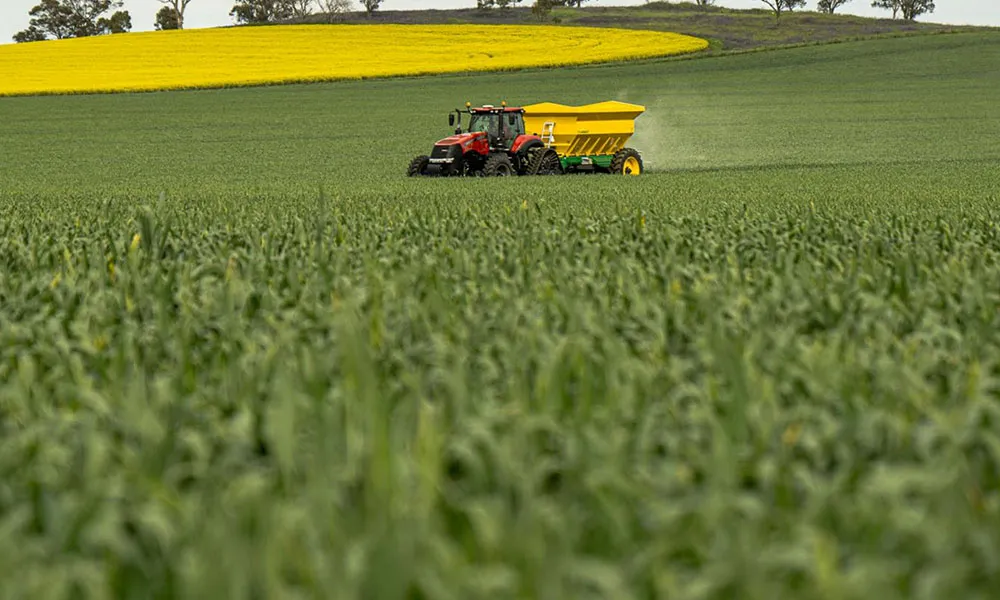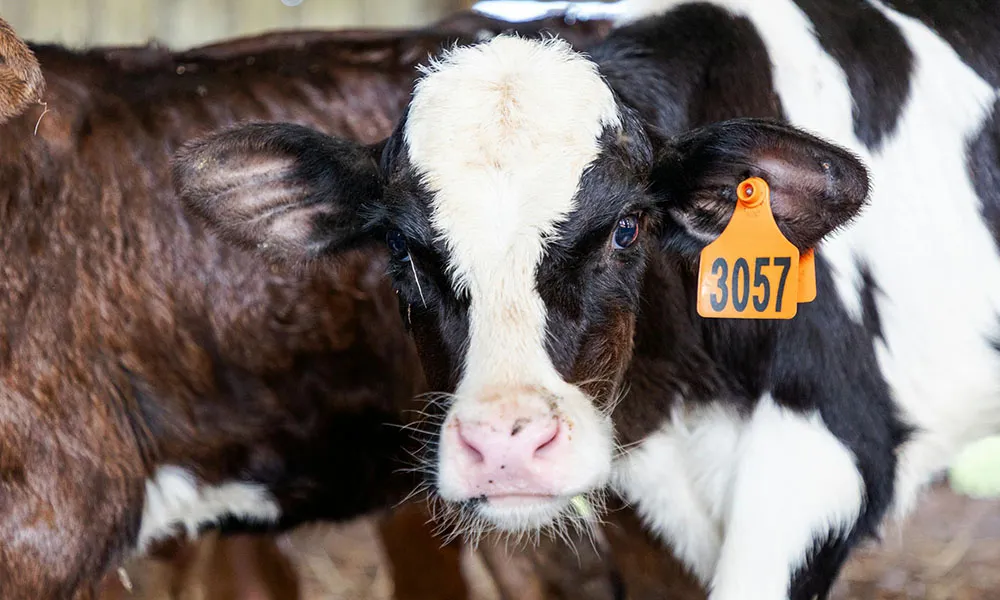
A serious problem, and not just for dairy men
Winter is always a dangerous time for the contraction and spread of the infections that cause bovine lameness. Cramped housing conditions provide a perfect environment for digital disease to thrive, and we shouldn’t underestimate how much of a problem this can become. Nor should we think that this scourge is a problem for the dairy man only.
Certainly, it is true that lameness in cattle is most common in dairy production systems, but suckler herds are also vulnerable to infection, particularly when standing and walking on wet dung. A severe outbreak of lameness can have a catastrophic impact on farm productivity and profitability. Cattle suffering from hoof ailments will not thrive. Poor hoof condition can lead to loss of appetite and this, in turn, will leave cows at risk of contracting other diseases. It is notable, at any rate, that lameness is often listed as a key contributor to high culling rates on dairy farms.
Typically, hoof ailments in cattle can be divided into two distinct categories: infectious and non-infectious. While non-infectious diseases, such as claw-horn lesions, can be mitigated by reducing the pressure on a cow’s foot, infectious diseases require more regimental and radical treatment. These will be the focus of today’s discussion.
Digital dermatitis
Among the infectious causes of bovine lameness on dairy farms, Mortellaro, otherwise known as digital dermatitis, is perhaps the common and best known. It is caused by a contagious treponema spirochaete, which will spread particularly quickly in a housed environment. Mortellaro usually presents as a pink or red lesion (haemorrhagic) in the centre of the heel. This lesion is extremely painful for the animal. As it worsens, it proliferates into what is commonly called “hairy heel warts”.
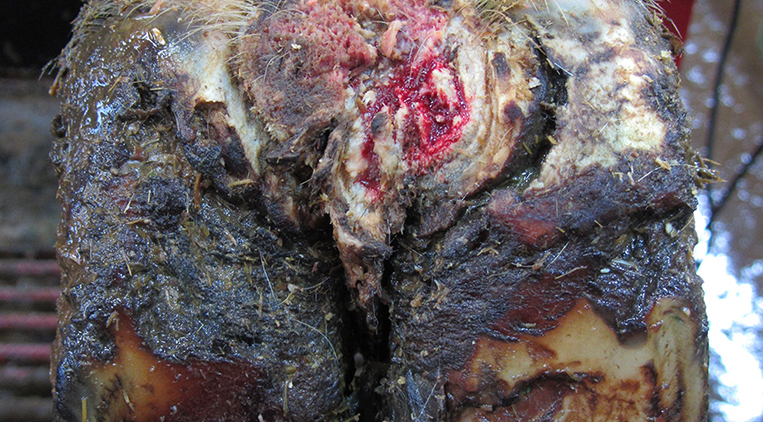
Digital dermatitis can be aggravated by an additional bacterial infection, often referred to as “superfoul”. Because digital dermatitis leaves the skin around the hoof raw, it is vulnerable to contracting anaerobes that cause an ugly and foul-smelling infection. This can be so severe that an antibiotic treatment is required.
Interdigital dermatitis
If a cow is limping but you cannot see any lesions on the hoof, she may be suffering from interdigital dermatitis. This results from an anaerobic bacterial infection of the interdigital skin of the hoof. The infection weakens the skin and leaves it raw and painful. If left untreated, it will penetrate deep into the foot tissue. Again, in the event of severe infection, an antibiotic treatment may be necessary.
Slurry Heel
Another scourge of both dairy and suckler farmers during the winter months is “slurry heel”. Slurry contains high levels of ammonia, and this has a highly corrosive effect on the area between skin and hoof. Contact with ammonia causes cracks in the skin and this allows infection to set in, usually Dichelobacter Nodosus. If left untreated, this can become a severe and dangerous form of digital dermatitis. Slurry heel infection can pass into the navicular bursa and digital flexor tendon sheath, becoming unbearably painful for the animal.
Treating infectious lameness in cattle
Intra Repiderma Spray
Managing an outbreak of digital dermatitis is often a slow and frustrating process. Treatment for infectious lameness should always include a hoofcare spray and regular footbathing. This will help to reduce transmission and gradually control the disease in the affected animals. Among the hoofcare sprays, the most popular and best known is the Repiderma Spray from the Intra range. This treatment contains zinc and copper chelates that are easily absorbed into the hoof. Coming in a 250ml can, Intra Repiderma Spray is highly effective against the causes of infectious lameness in cattle and should be administered frequently to the damaged area.
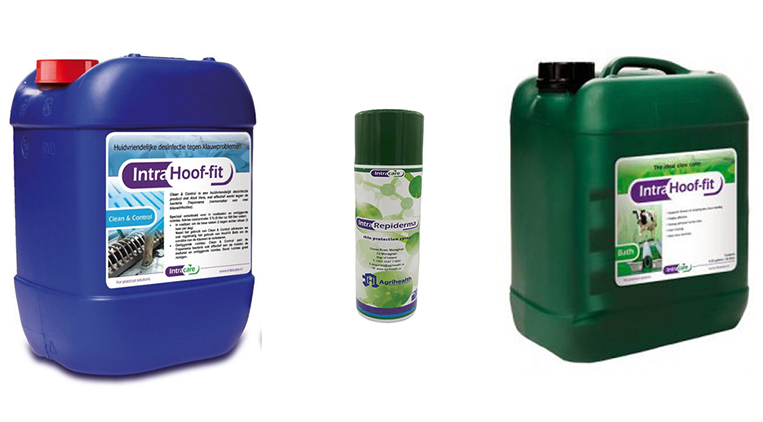
Footbathing
Conventional footbathing treatments for infectious lameness include solutions of 4% formalin and 5% copper sulphate. Either of these will help to reduce the spread of disease and counteract the development of further infection. It is important that you have a well-designed footbath for animals to walk through during the treatment phase. Usually, a footbath should be 3 metres long or more, about half a metre wide and 10-12 centimetres deep. That they be easily filled, emptied and cleaned is essential.
Intra footbath solutions
Intra Hoof-Fit
Aside from formalin and copper sulphate, there are now several specially formulated footbath solutions available on the market. Many of these, particularly those from the Intra range, have a great reputation among farmers. The Hoof-Fit Footbath Solution contains the usual Intra blend of copper and zinc and has strong curative properties. It also helps to protect against infections and aids the hoof to protect itself from spirochaete bacteria. Intra Hoof-Fit should be used 2 days every 2 weeks, 2 times a day. It should be concentrated at 5% (5 litres of solution in 100 litres of water).
Clean and Control
If you are using footbaths to cure existing lesions, you should use Intra’s Hoof-Fit Clean and Control in conjunction with the footbath solution. Arguably a more powerful treatment than the standard solution, Intra Hoof-Fit Clean & Control is an exceptional formalin-free disinfectant which is highly effective against the micro-organisms that cause hoof problems. Clean and Control fits perfectly into the hygiene routine of the modern dairy farm. It is a gentle, responsible product which poses no risk to humans or animals.
The main problem with footbath solutions as a treatment is that they lack adhesive properties. But Intra Hoof-Fit Clean and Control avoids this pitfall. It contains a strong adhesive which guarantees a longer contact time after passing through the footbath.




